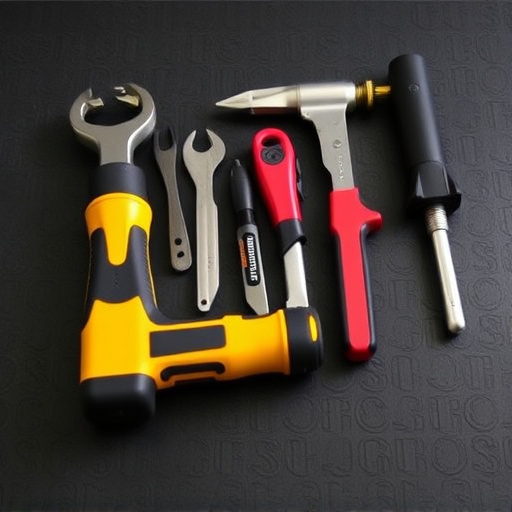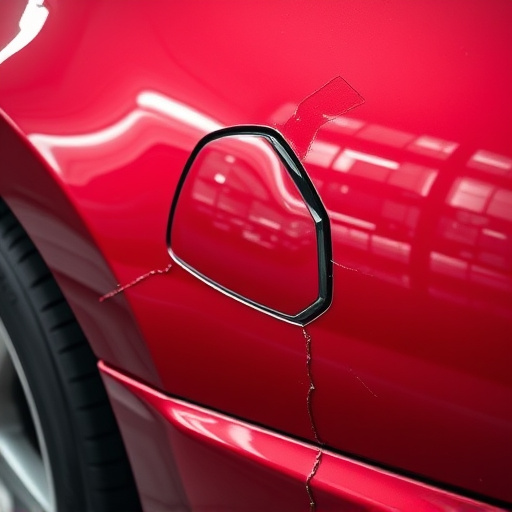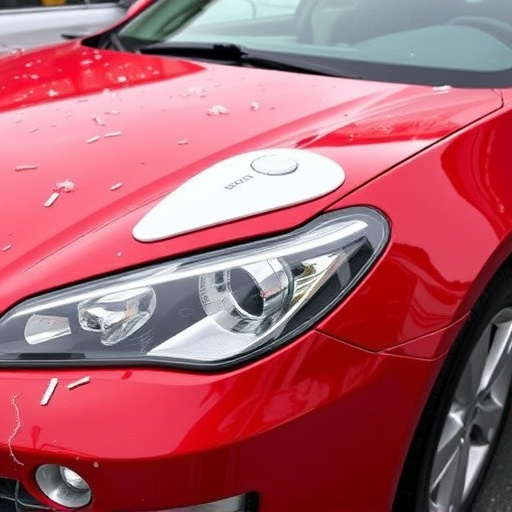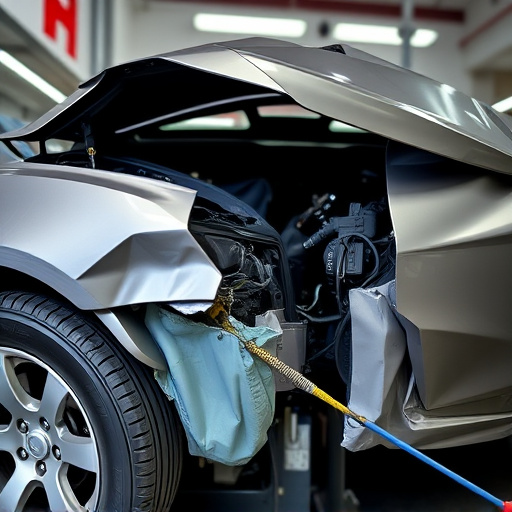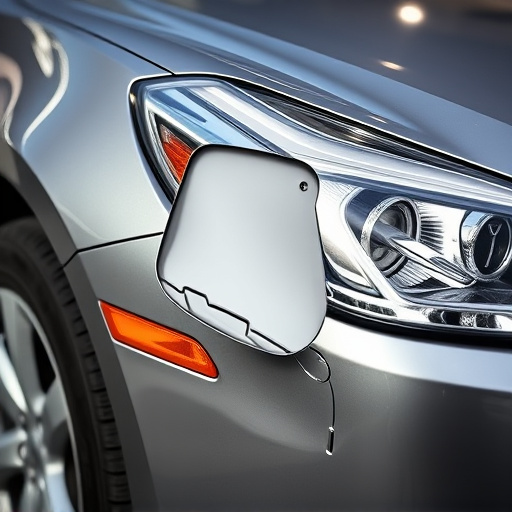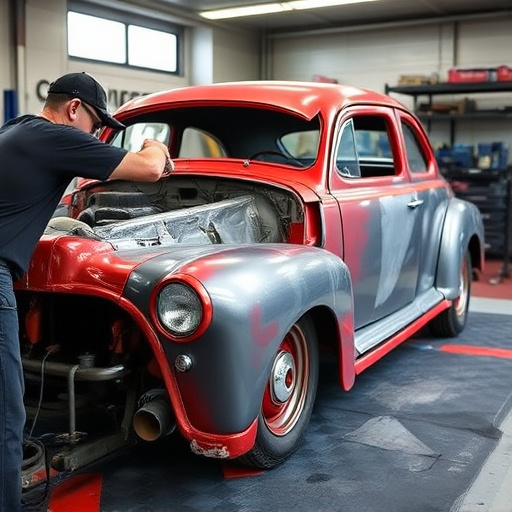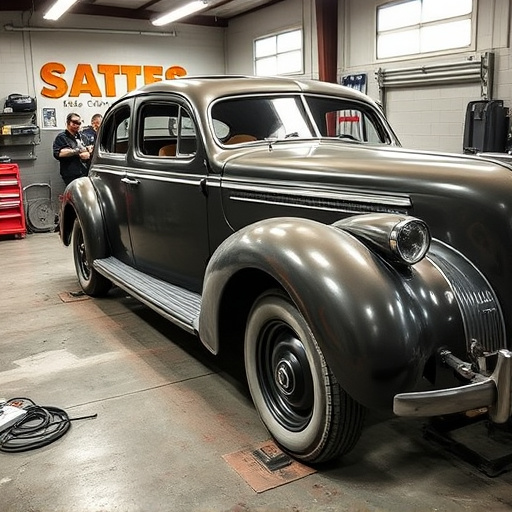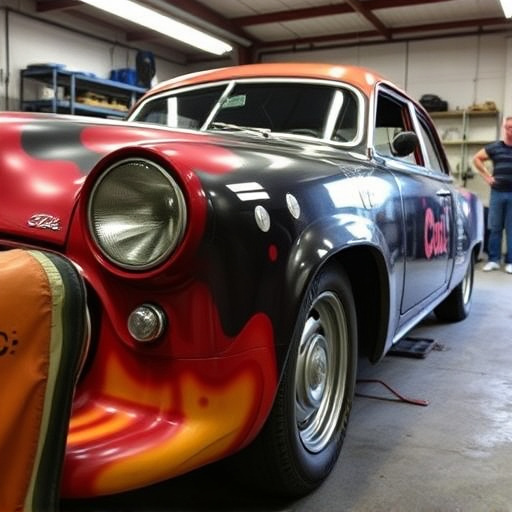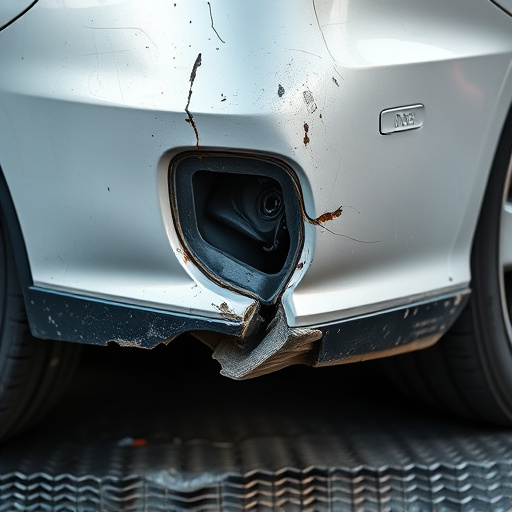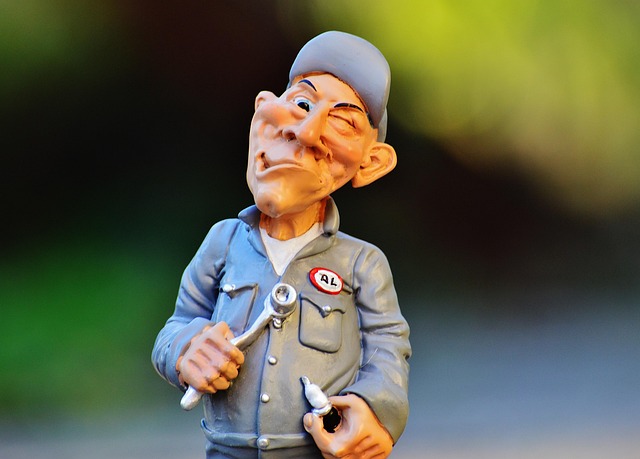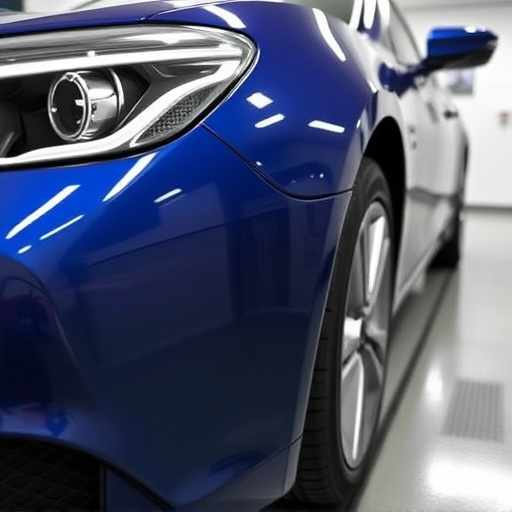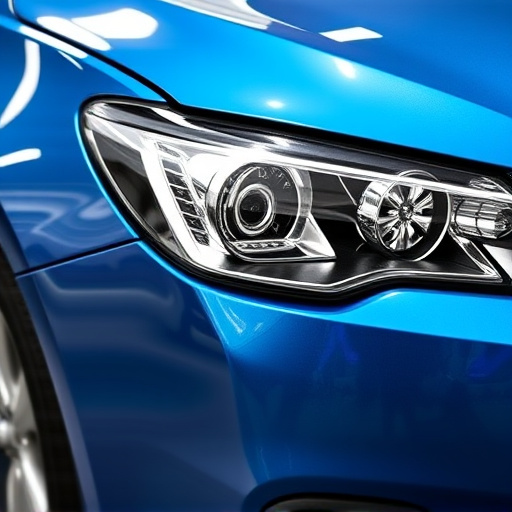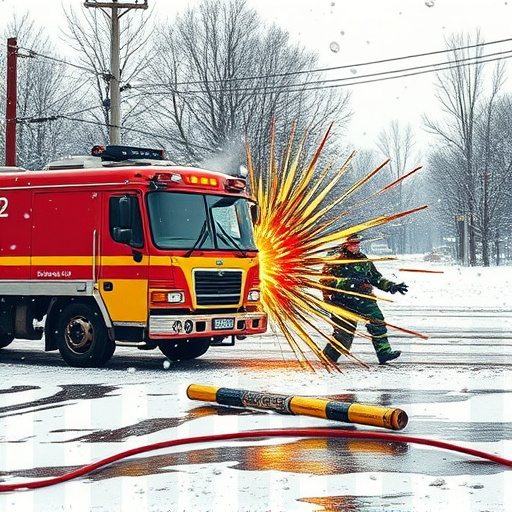Automotive paint types vary greatly, offering distinct protections and aesthetics. Base coat/clear coat systems outperform single-stage paints in UV resistance and durability. Professional painting is crucial for quality repairs, avoiding common DIY issues. Modern paints surpass old versions in durability and safety, with advancements in technology and techniques enhancing auto body repair precision and speed.
Uncover the truth behind common myths surrounding automotive paint types. From misconceptions about durability to safety concerns, this article debunks popular beliefs to empower car owners with knowledge. Explore different paint formulas, their unique advantages, and dispel long-standing ideas. Learn how to make informed decisions when choosing automotive paint, ensuring your vehicle’s exterior not only looks great but also stands the test of time.
- Common Misconceptions About Automotive Paints
- Understanding Different Paint Formulas and Their Pros
- Debunking Durability and Safety Myths of Car Paint
Common Misconceptions About Automotive Paints
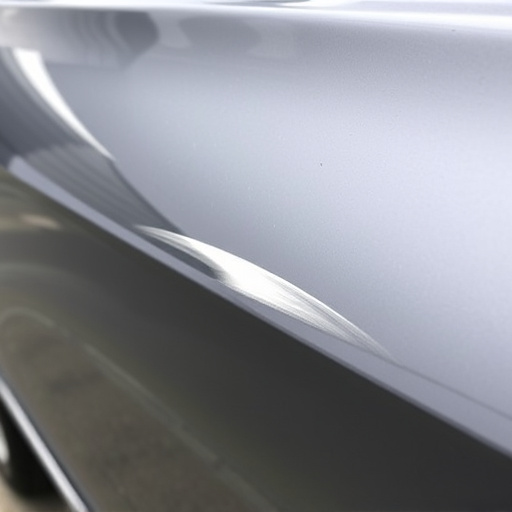
Many car enthusiasts and even professional automotive technicians hold several misconceptions about automotive paints that need clearing up. One common myth is that all paints are created equal, but in reality, there are various types of automotive paint designed for specific purposes. For instance, base coat/clear coat systems offer superior protection against UV rays and chemical damage compared to single-stage paints.
Another misconception revolves around the idea that painting a car is a simple process suitable for DIY enthusiasts. Professional automotive repair, especially after hail damage repair or fender benders, requires specialized equipment and expertise. Improper application can lead to visible brush strokes, orange peel finish, or inadequate adhesion, which defeats the purpose of repainting. Understanding these misconceptions is crucial when considering any automotive repair, ensuring the job is done right from the start.
Understanding Different Paint Formulas and Their Pros
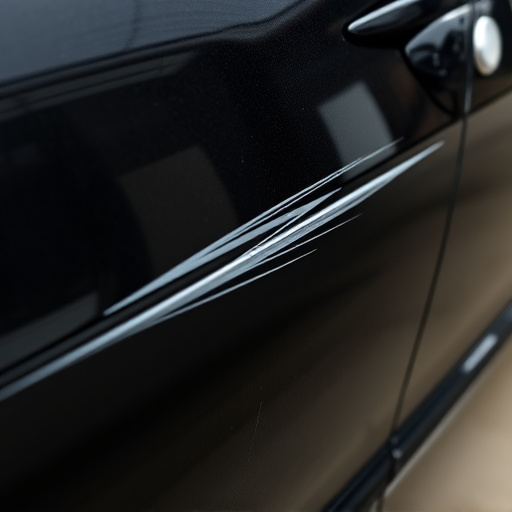
Automotive paint types have evolved significantly, offering a range of formulas designed to cater to specific needs and preferences. Understanding these differences is crucial for anyone looking into vehicle aesthetics or even undertaking dent repair or autobody repairs. The most common paint types include conventional, solid, metallic, and pearl effects. Each has unique properties that influence their durability, shine, and overall performance.
Solid paints, for instance, are known for their matte finish and deep color saturation, making them popular for those seeking a more subtle look. Metallic paints, on the other hand, boast a glossy, reflective surface that adds depth and visual interest to a vehicle’s exterior. Pearl effect paints offer a unique combination of both solid and metallic qualities, producing an iridescent shimmer that catches the light beautifully. When it comes to durability, automotive paint types vary as well; some are more resistant to chipping and fading, making them ideal for areas prone to dents or damage, like door panels or fenders.
Debunking Durability and Safety Myths of Car Paint
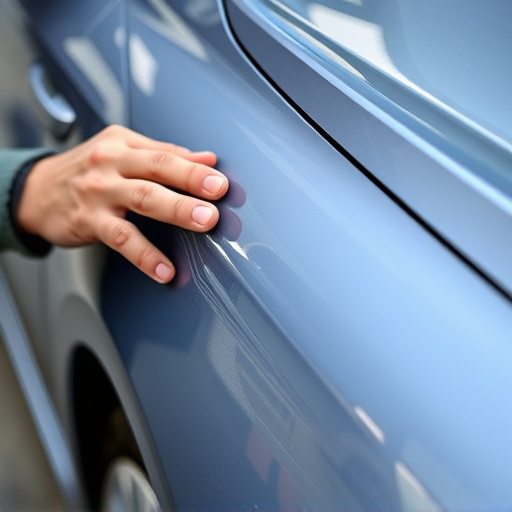
Many car enthusiasts and owners believe that automotive paint types are all the same when it comes to durability and safety. However, this couldn’t be further from the truth. Modern car paints have evolved significantly, offering a range of benefits that go beyond what traditional or lower-quality paints provide. One of the most prevalent myths is that newer, more advanced paints are less durable or safer than older ones. This couldn’t be further from the truth; in fact, modern automotive paint types use advanced technology to enhance durability and safety.
Another common misconception is that repairing car paint, such as fixing a fender, requires extensive time and expense due to the complexity of modern paint jobs. While it’s true that intricate auto body repairs might take longer at a reputable car repair shop, advancements in painting techniques and technologies have made the process more efficient and cost-effective than ever. Auto body repairs, including fender repairs, can be performed swiftly and with remarkable precision, ensuring your vehicle retains its original finish and safety standards.
Debunking myths surrounding automotive paint types is essential for car owners to make informed choices. By understanding different paint formulas, their advantages, and dispelling misconceptions about durability and safety, you can ensure your vehicle’s exterior looks pristine and performs optimally. Educating yourself on automotive paint types empowers you to navigate the market effectively, selecting the best option for your needs and budget.
